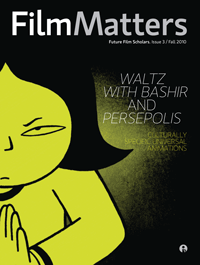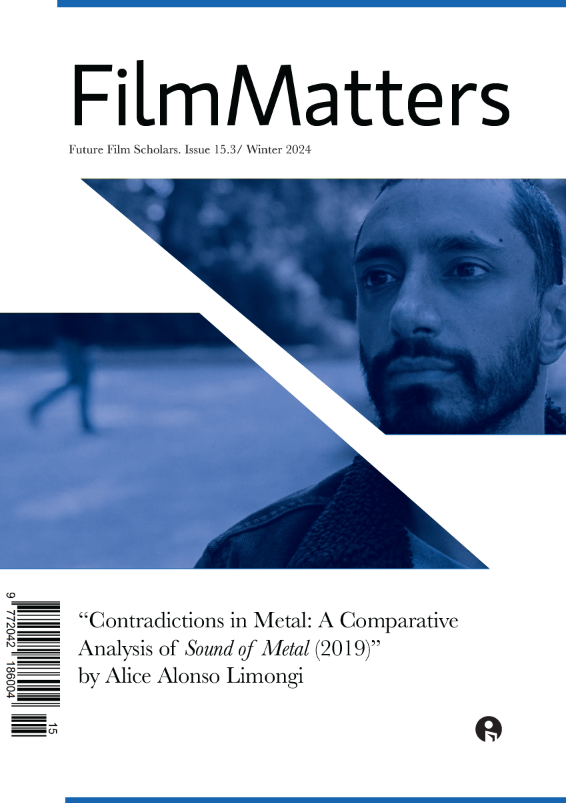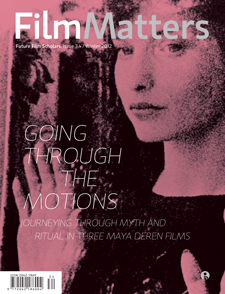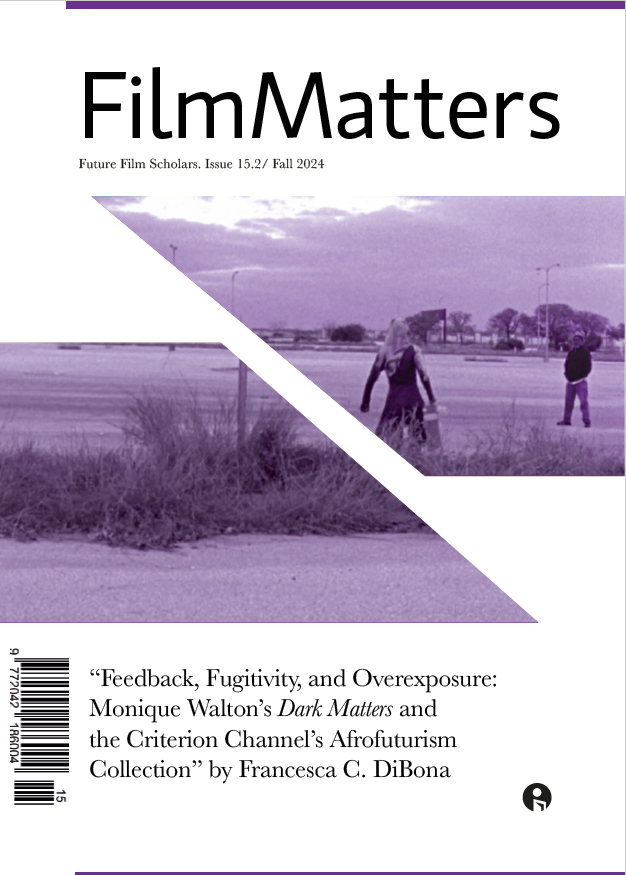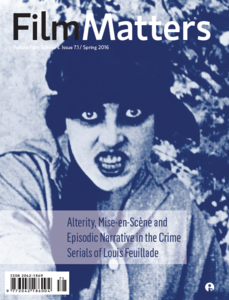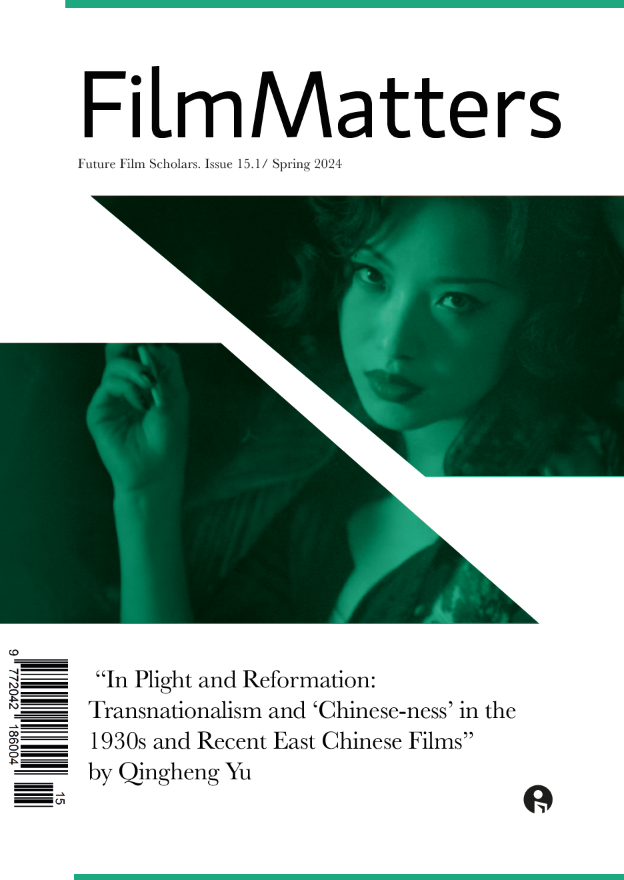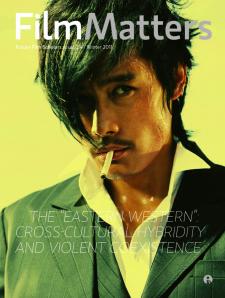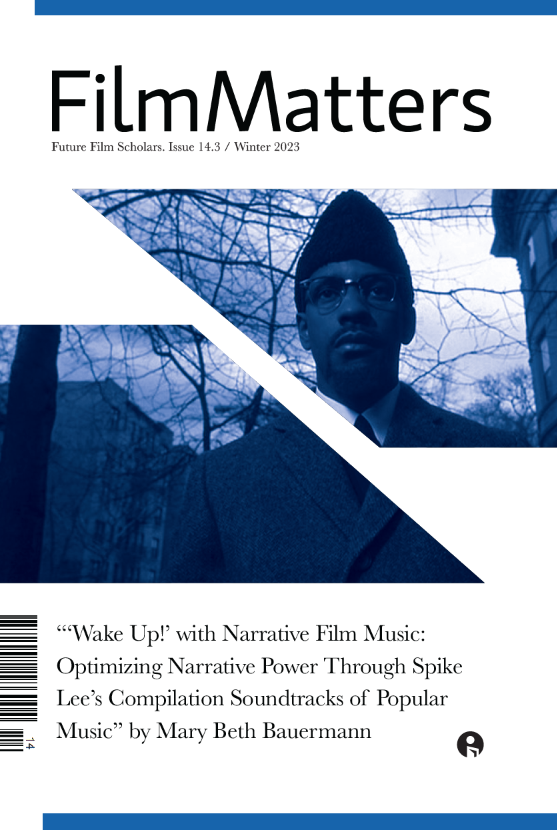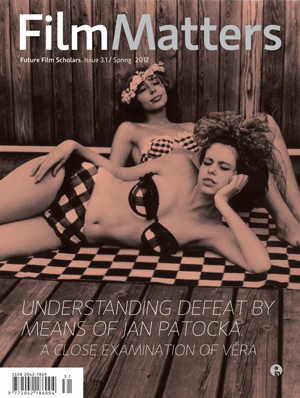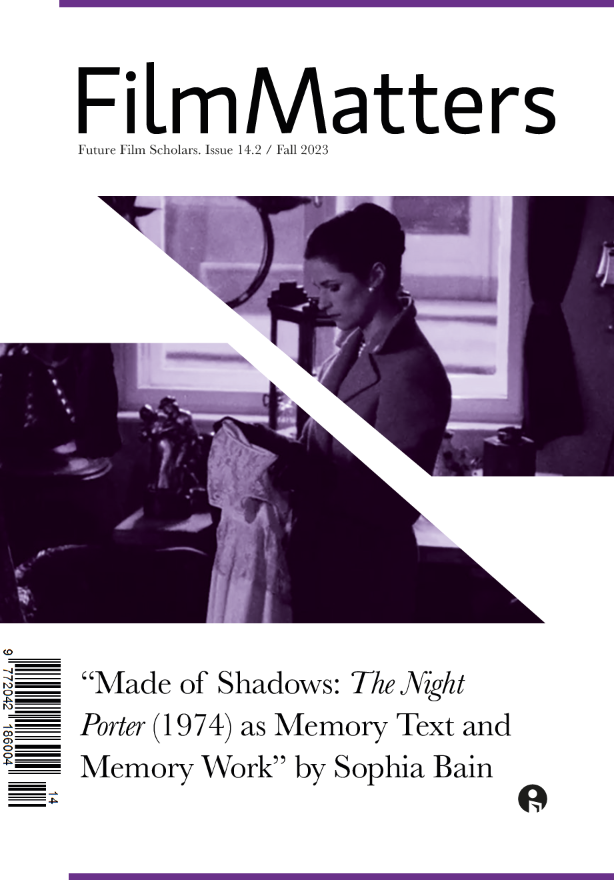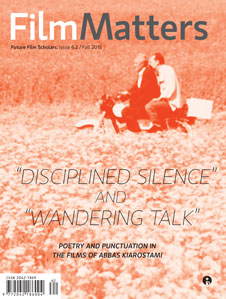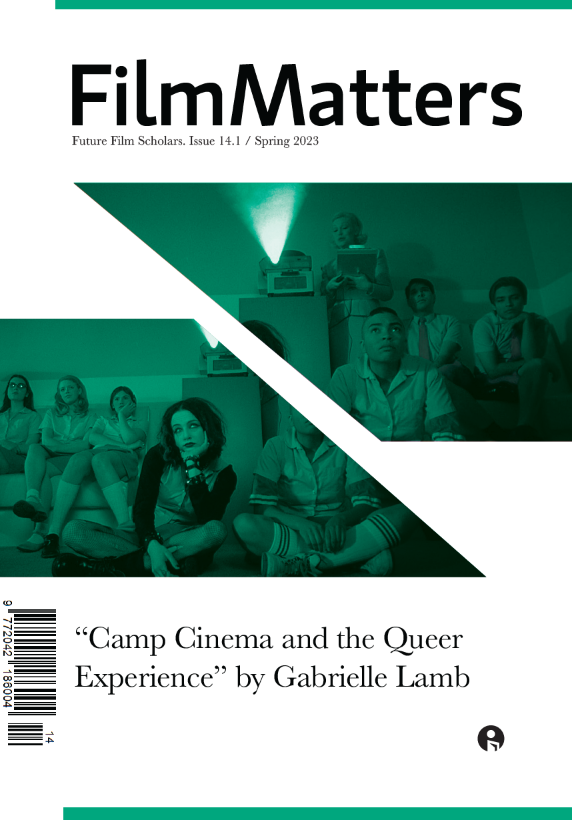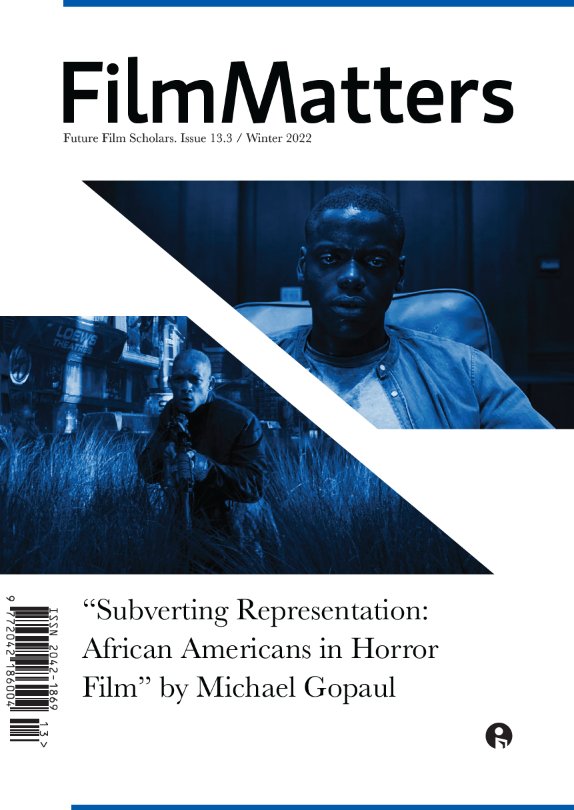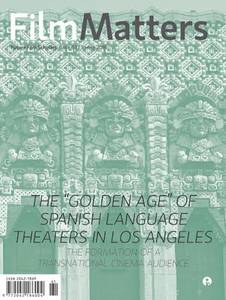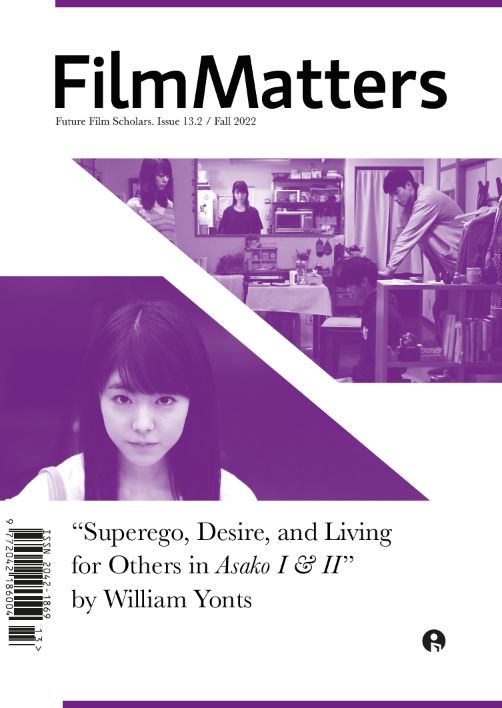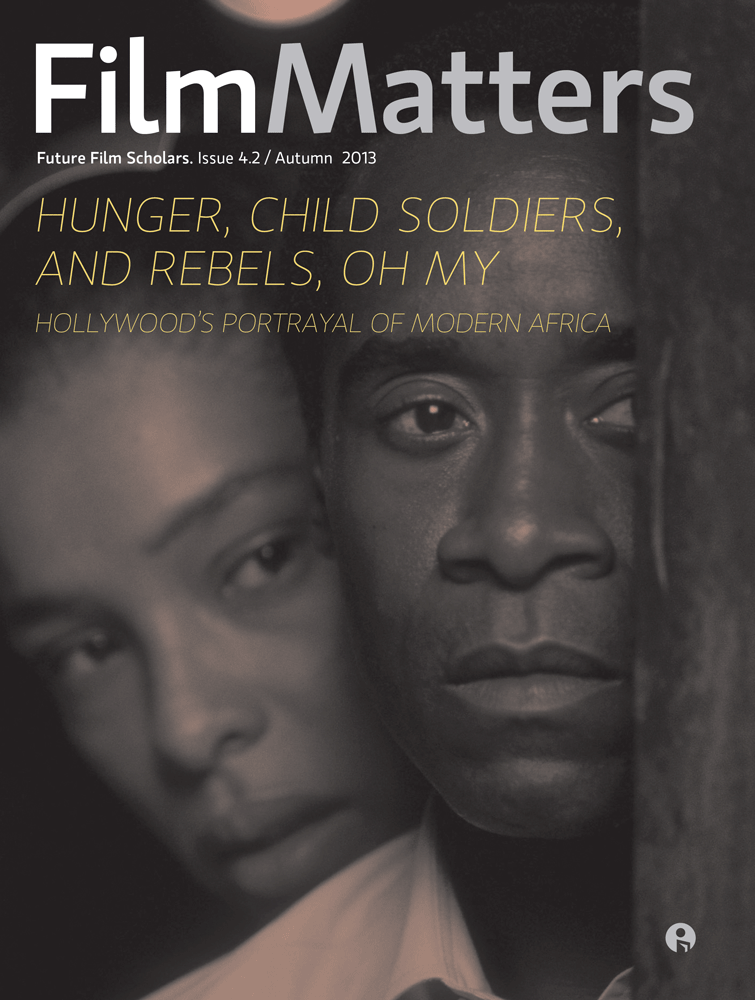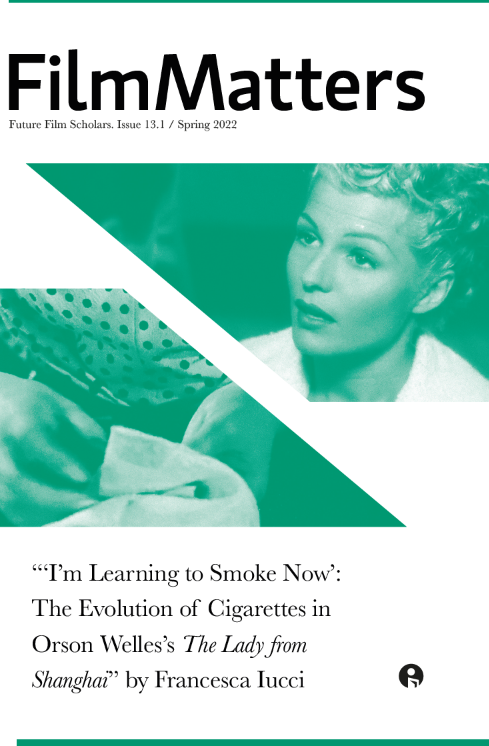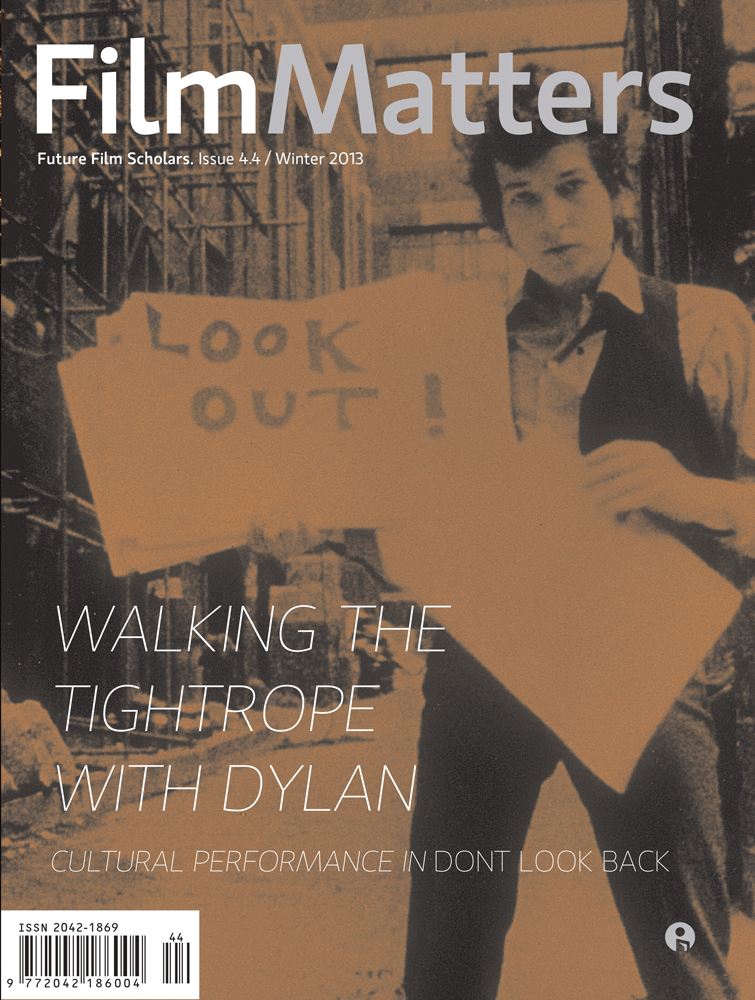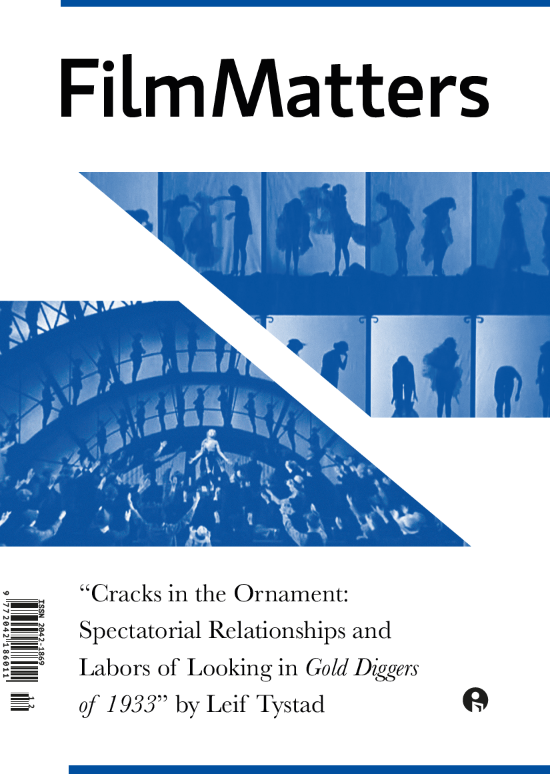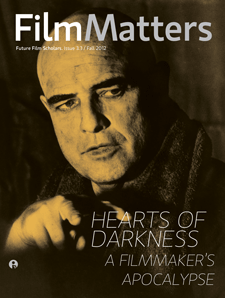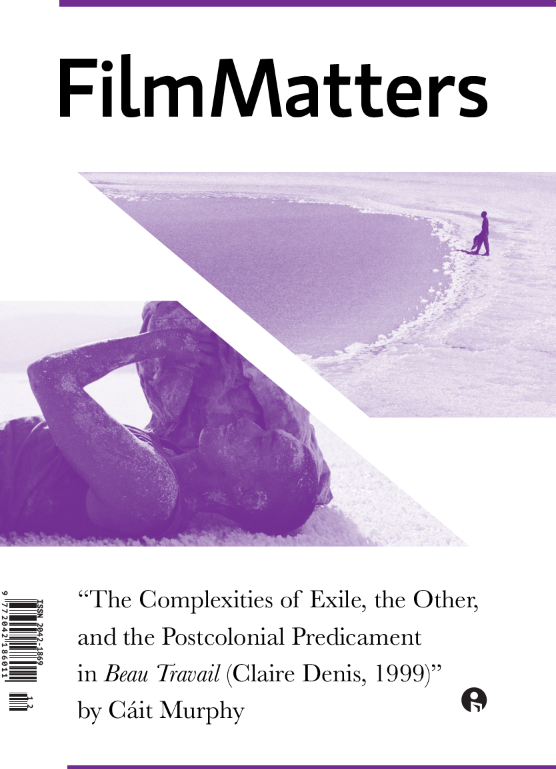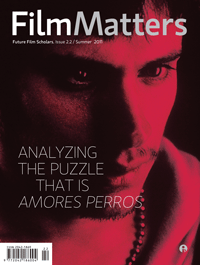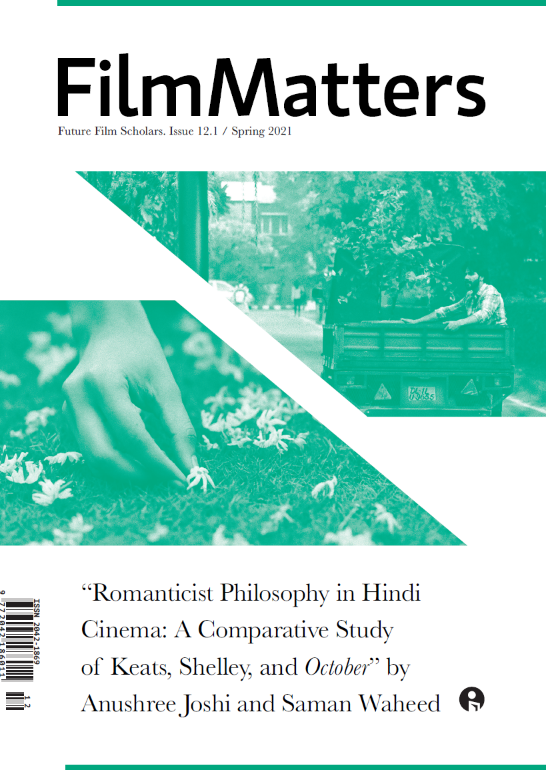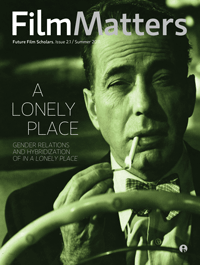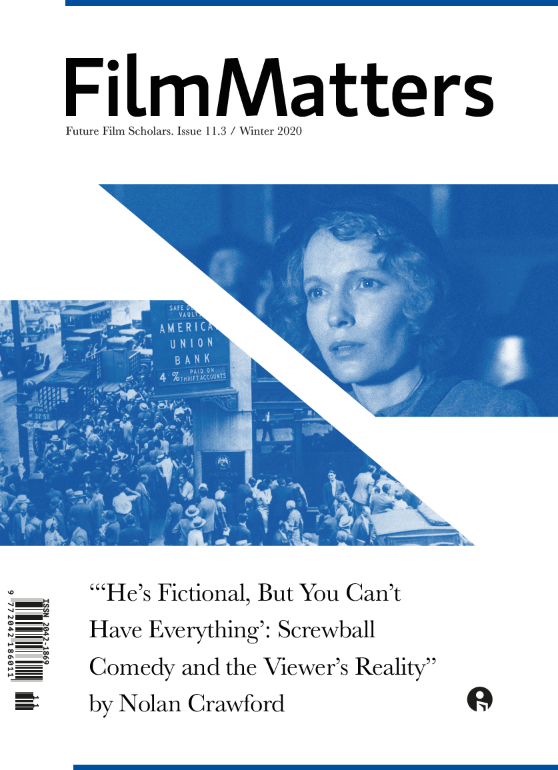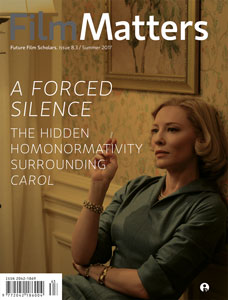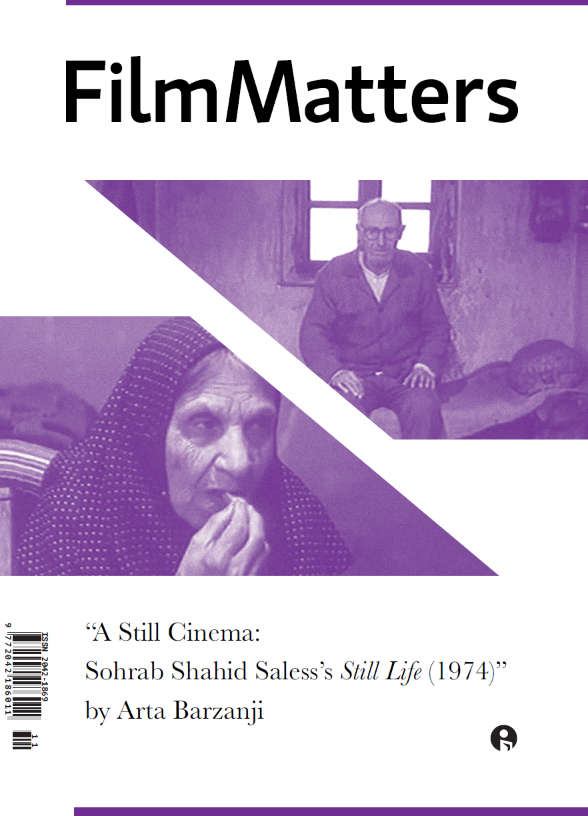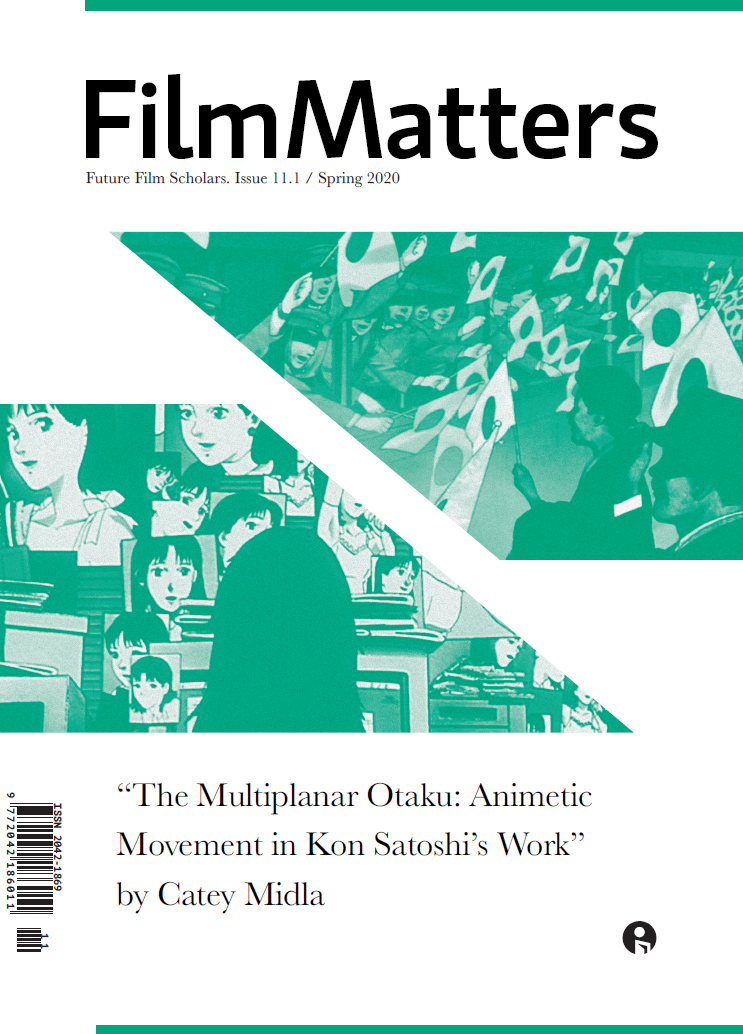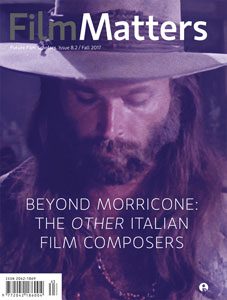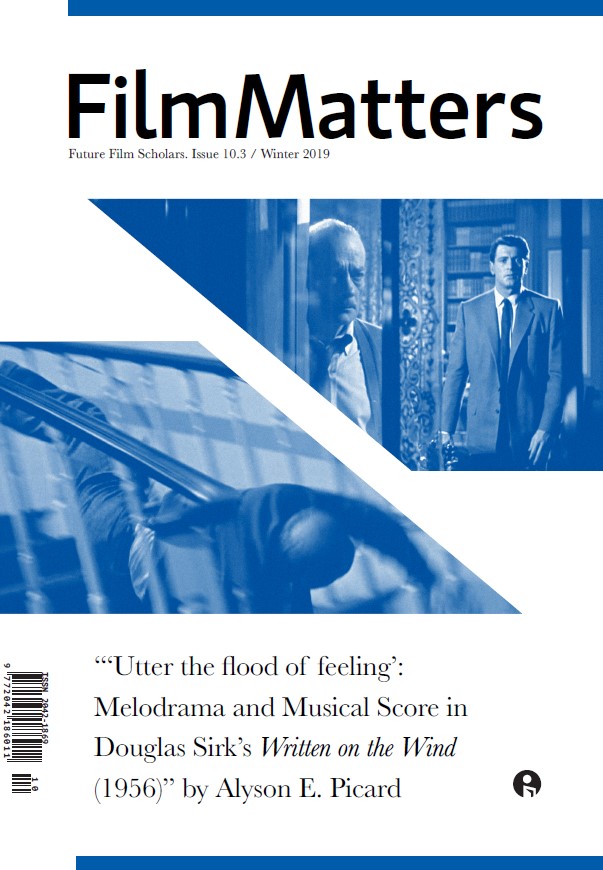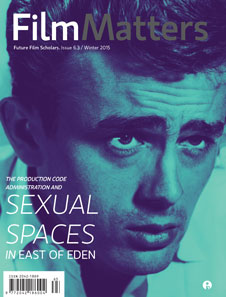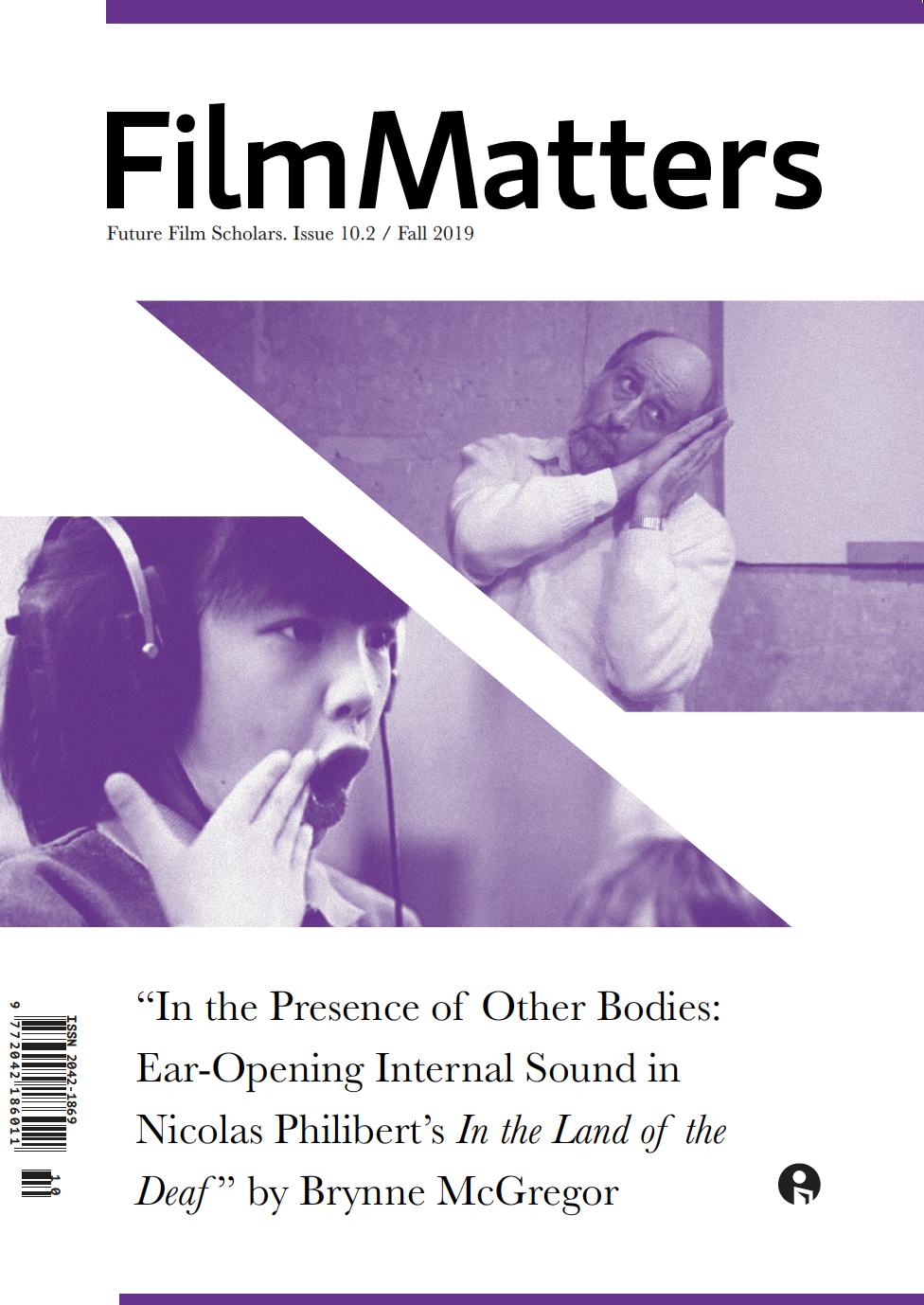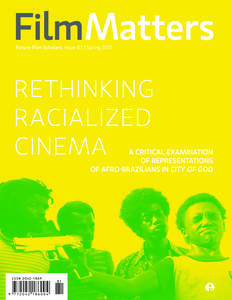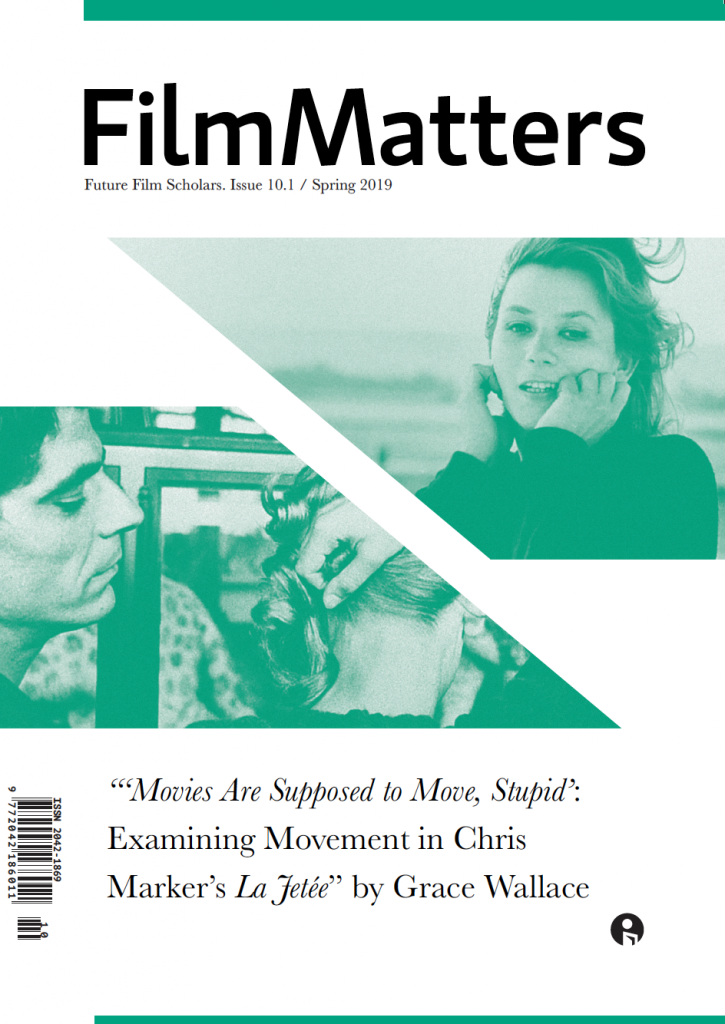Film Matters: Please tell us about your article that is being published in Film Matters.
Ann Zhang: My article is about the idea of character “doubles” and how they are represented in film. Developments in visual effects technology have diversified the selection of strategies by which filmmakers can create human doubles. I compared modernist and postmodernist film philosophies through a close analysis of the human subject in Ingmar Bergman’s Persona (1966) and Darren Aronofsky’s Black Swan (2010), two films in which doubling functions similarly in the narrative but manifests in different ways onscreen.
FM: What research and/or methodologies do you incorporate in your article?
AZ: Ever since watching The Parent Trap as a kid, I’ve wondered how film technology can make the impossible (two Lindsay Lohans) appear so real. Writing this article was a fun opportunity to learn how decisions about visual effects reflect a filmmaker’s goals and attitudes toward the medium.
FM: Describe the original context for/when writing this article while an undergraduate student.
AZ: During my third year of college, I wrote this article for a seminar on “Close Analysis of Film.” We screened Persona as an introduction to the Deleuzian “face-affect,” and I knew I wanted to revisit this beautiful film for my end-of-term paper. My original proposal was to analyze female doubling in Persona, Mulholland Drive, and Black Swan, but ultimately, I narrowed the scope of the essay to Persona and Black Swan. The almost fifty-year difference between these films sets the stage for a contextually rich comparison.
FM: What does your writing process look like?
AZ: I approach each writing project with lots of enthusiasm and only an inkling of what my final argument will be. In the research stage, I rewatch the films, take notes, hunt down relevant articles, and (surprise!) take more notes. Then I start to outline and map out specific questions: “How is doubling crafted?” or “How does female doubling function in psychological horror?” By sorting my notes under different questions, I start to find a rough shape of reasoning, which solidifies as I turn my outline into paragraphs.
FM: How have your personal experiences shaped and influenced your writing?
AZ: The most notable way that my life experience affects my work is defining what kinds of stories I am most drawn to. For example, I knew I was interested in disentangling the complicated female relationships in Persona and Black Swan, and I chose to write about formal elements that coincide with those narratives.
FM: What are your methods for finding diverse and relevant sources?
AZ: When I’m parsing through relevant sources, I feel especially eager to read writing by authors who are underrepresented in the canon of film studies because they ring true to my personal experiences (or new experiences which I’m excited to learn about) in a way that authors who have historically occupied the spotlight or the front row seats of mainstream filmmaking can overlook.
FM: Why is including marginalized voices in research important to you?
AZ: Filmmaking and academia have much in common: they are expensive and favor people with inside connections. I’m very grateful to be able to study film in college and remain mindful that anyone with the privilege to occupy these spaces must strive to make them more accessible and inclusive so that scholarship can represent the true, varied range of human experiences.
FM: What aspects of the writing process were most challenging? Why?
AZ: One challenge of writing this essay was blending a range of big-picture and detailed arguments, ranging from general trends in modernist and postmodernist film to a shot-by-shot analysis of two-minute and nine-minute sequences, respectively. The most difficult and rewarding aspect was drawing realistic connections between the filmmakers’ philosophies and directorial choices on my own, since I couldn’t interview them and ask about their intentions.
FM: How has the Film Matters editorial and publication process impacted the development/evolution of your article?
AZ: Working with Film Matters is my first experience with the peer review process, and I’m very grateful to the editors for their support! In the past year, I’ve learned how to improve the clarity of my writing and present it in a readable manner.
FM: What audience do you hope to reach with your Film Matters article and/or what impact do you hope it has on the field of film studies?
AZ: I hope that this article reaches anyone tasked with current or future decision-making about technology and film. Given recent advancements in 3D image generation, an important question is to what extent gen-AI tools will permeate the filmmaking process. I believe (even as a computer science student) that human intuition is the irreplaceable heart of artistic creation, and if decision-makers are not mindful about standards of use, they risk harming artists as well as the quality of their output. My article, while not originally written with this context in mind, speaks to the intentional use of technology in film.
FM: How has your department and/or institution supported your work in film and media?
AZ: I’ll confess that I entered college with a lot more interest in film production rather than research. Yale’s Film & Media Studies department has supported my pursuit of screenwriting and also taught me a deep love for film analysis. The best writers are readers, after all.
FM: How has your faculty mentor(s) fostered your advancement as a film scholar?
AZ: Professor Chefranova has shown me that a film PhD could be very cool. (She has a film PhD and is very cool.)
FM: What are your future plans?
AZ: I will be living and working in New York City.
Author Biography
Ann Zhang is an undergraduate student at Yale University majoring in Film & Media Studies and Computer Science. She hails from St. Louis, Missouri.


